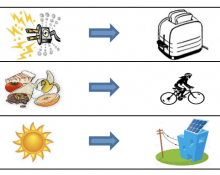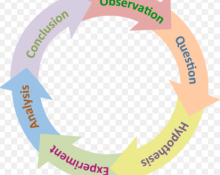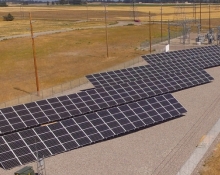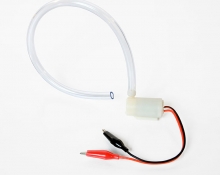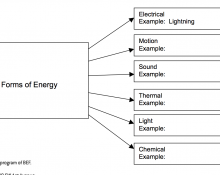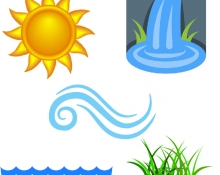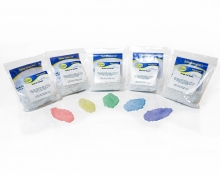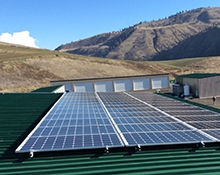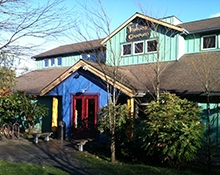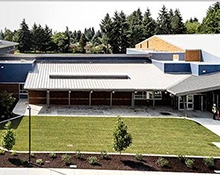Probes of Prior Knowledge
Students will be able to identify the different ways that electrical energy (electricity) is transformed (generated) and identify different everyday items that use electricity.
Teacher will administer worksheet probes (formative assessments) of students’ prior knowledge about “making electricity” and “things that run on electricity.” View full description >>

